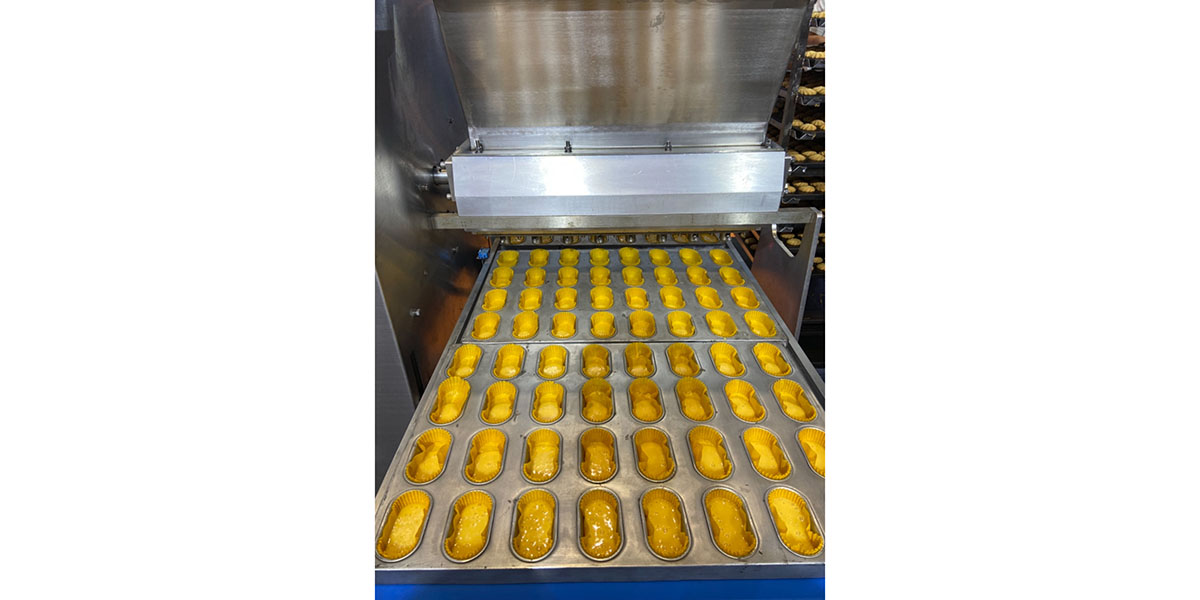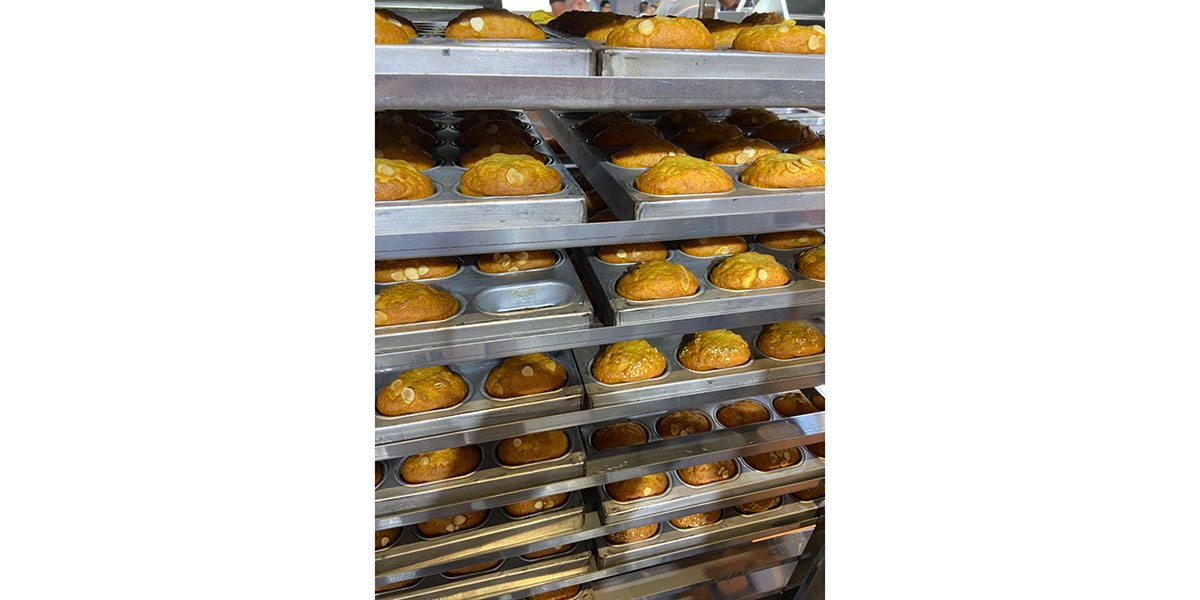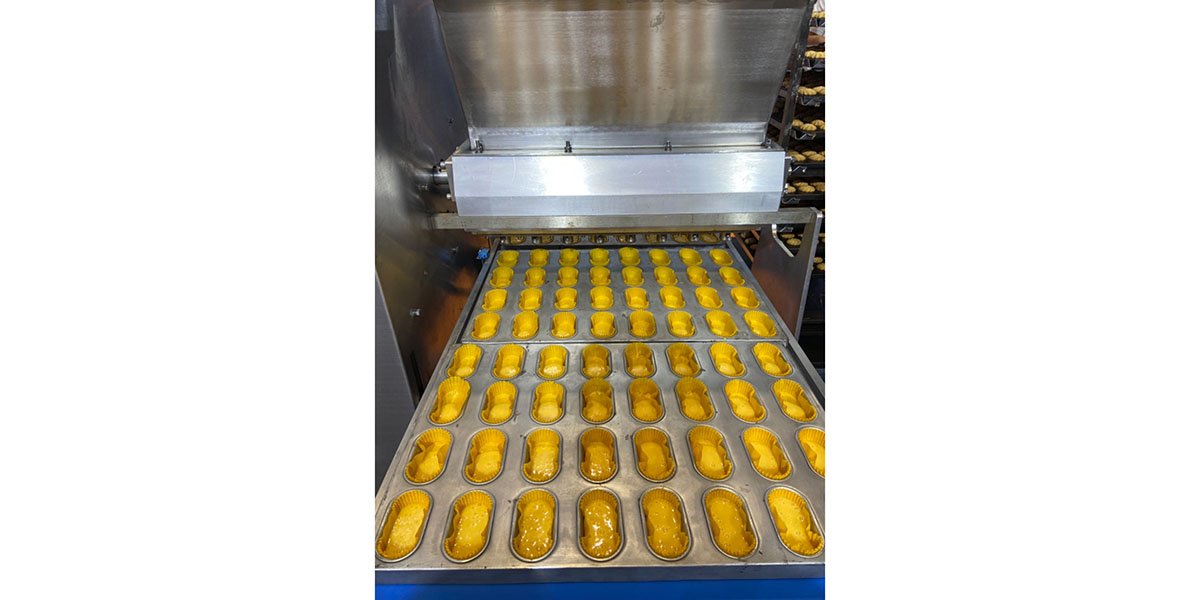
In the realm of cake baking, precision reigns supreme. Understanding the significance of exactness in every batter deposit is key to achieving flawless bakes. Cake depositor machines stand as the unsung heroes behind consistent and precise batter distribution. This blog aims to unveil the artistry behind these machines and provide invaluable techniques for mastering the craft of perfect bakes.
Understanding Cake Depositor Machines
Cake depositor machines are the backbone of precise batter distribution in the realm of cake baking. Understanding the nuances of these machines is essential for achieving consistent and accurate results in every bake.
Types of Cake Depositor Machines
Manual Depositors
When it comes to manual depositors, cake depositor machines require hands-on operation for batter distribution. Bakers have full control over the process, ensuring a personalized touch to each bake. Manual depositors are ideal for small-scale operations where attention to detail is paramount.
Multifunctional Filling Machines
Multifunctional filling machines offer versatility in cake batter deposition. These machines come equipped with various attachments that cater to different types of batters and fillings. Bakers can easily switch between attachments to accommodate diverse recipes, enhancing efficiency in the baking process.
Automatic Cake Depositors
Automatic cake depositors revolutionize the baking industry with their advanced technology. These machines automate the batter deposition process, streamlining production and ensuring precision in every deposit. With customizable settings and programmable features, automatic depositors are ideal for high-volume bakeries looking to optimize their workflow.
Key Features and Functions
Accuracy in Depositing
Precision is the hallmark of cake depositor machines, guaranteeing accurate batter distribution with every deposit. By calibrating settings and adjusting nozzle sizes, bakers can fine-tune the machine to achieve the desired consistency in each bake.
Speed and Efficiency
Cake depositor machines excel in speed and efficiency, significantly reducing manual labor and expediting the baking process. With rapid deposition capabilities, these machines enhance productivity without compromising on quality, allowing bakers to meet demand effectively.
Handling Different Batters
Versatility is key when it comes to handling various types of batters. Cake depositor machines are designed to accommodate a wide range of consistencies, from light sponge cakes to dense brownie mixes. By adjusting settings and attachments accordingly, bakers can ensure optimal performance across different recipes.
Techniques for Perfect Bakes

Preparing the Batter
To achieve impeccable bakes, the process of preparing the batter plays a pivotal role. Aeration is a fundamental step that should not be overlooked. By incorporating air into the batter, bakers create a light and fluffy texture that is synonymous with delectable cakes. This can be achieved by whisking the ingredients vigorously until the mixture becomes frothy and voluminous.
When it comes to extending the shelf life of cake batter, refrigeration and freezing are valuable techniques. Refrigerating the batter helps maintain its freshness for an extended period, allowing bakers to prepare in advance without compromising on quality. Additionally, freezing the batter in a freezer ziplock bag preserves its integrity, providing convenience for future use.
Depositing Techniques
The art of depositing cake batter requires finesse and precision to ensure consistent results every time. Different types of cake depositor machines offer unique advantages in this process.
Using Manual Depositors
For those seeking a hands-on approach to cake deposition, manual depositors offer control and customization. Bakers can personally oversee each deposit, adjusting the flow and distribution according to their preferences. This method is ideal for intricate designs or small-scale productions where attention to detail is paramount.
Using Multifunctional Filling Machines
Multifunctional filling machines provide versatility in batter deposition with their range of attachments catering to various consistencies and fillings. By selecting the appropriate filling attachment, bakers can effortlessly fill cake molds with precision and efficiency. This method streamlines the deposition process, especially when working with multiple recipes or complex designs.
Using Automatic Cake Depositors
In high-volume settings where efficiency is key, automatic cake depositors shine with their automated capabilities. These advanced machines streamline production by automatically filling cake molds with precise amounts of batter. By programming settings tailored to specific recipes, bakers can achieve uniform deposits consistently without manual intervention.
Ensuring Consistency
Consistency is paramount in achieving professional-quality bakes that meet customer expectations. Paying attention to key aspects of deposition ensures uniformity across all products.
Weight Accuracy
Maintaining weight accuracy during deposition is crucial for ensuring consistency in every bake. By calibrating the machine settings and verifying weights regularly, bakers can guarantee that each deposit meets the desired specifications. This meticulous approach results in uniform products that reflect precision and quality.
Positioning and Nozzle Types
The correct positioning of the depositor nozzle plays a significant role in achieving consistent results. By aligning the nozzle at the optimal angle and distance from the mold surface, bakers can control the flow of batter effectively. Additionally, selecting suitable nozzle types based on the desired design or consistency ensures accurate deposition without compromising on aesthetics or texture.
Advanced Tips and Maintenance
Cleaning and Maintenance
When it comes to cake depositor machines, proper cleaning and maintenance are essential to ensure optimal performance and longevity. Neglecting regular upkeep can lead to malfunctions and decreased efficiency in the long run. By following a routine maintenance schedule, bakers can prolong the lifespan of their machines and prevent costly repairs.
Regular Cleaning Procedures
Regular cleaning procedures for cake depositor machines involve thorough sanitation of all components to remove residual batter and maintain hygiene standards. Start by disassembling the machine according to the manufacturer's guidelines. Use a mild detergent solution to clean all parts, ensuring no batter residue is left behind. Pay special attention to the nozzles, hoppers, and depositing mechanisms, as these areas are prone to buildup. Rinse thoroughly with clean water and allow the parts to air dry before reassembling.
Maintenance Tips for Longevity
To ensure the longevity of cake depositor machines, bakers should implement preventive maintenance measures on a regular basis. Lubricate moving parts with food-grade lubricants to reduce friction and wear. Check for loose screws or bolts that may affect the machine's stability during operation. Monitor the calibration settings regularly to guarantee accurate deposition weights. Keep a detailed maintenance log to track cleaning schedules, lubrication dates, and any issues encountered during operation.
Troubleshooting Common Issues
Even with proper maintenance, cake depositor machines may encounter common issues that require immediate attention. Being able to troubleshoot these problems efficiently can minimize downtime and prevent disruptions in production.
Handling Clogs
Clogs in cake depositor machines can occur due to hardened batter or foreign objects obstructing the flow of batter through the nozzles. When faced with a clog, stop the machine immediately and disassemble the affected parts. Use a cleaning brush or compressed air to dislodge any blockages gently. Avoid using sharp objects that may damage internal components. Once cleared, test the machine with a small batch of batter to ensure smooth operation.
Ensuring Even Deposits
Achieving uniform deposits is crucial for consistent bakes across all products. Inconsistent deposits can result in uneven baking times and undesirable textures in finished cakes. To address this issue, calibrate the machine settings regularly based on batter consistency and viscosity. Check for any nozzle blockages or misalignments that may affect distribution patterns. Conduct test runs with varying deposit sizes to fine-tune settings until uniformity is achieved.
-
Summarize the essential techniques learned throughout the blog for achieving impeccable bakes.
-
Emphasize the critical role of consistent maintenance in prolonging the lifespan and efficiency of cake depositor machines.
-
Anticipate future innovations in cake depositor technology, promising enhanced precision and productivity.
-
Motivate bakers to hone their skills diligently, striving to master the art of perfect bakes with dedication and practice.


